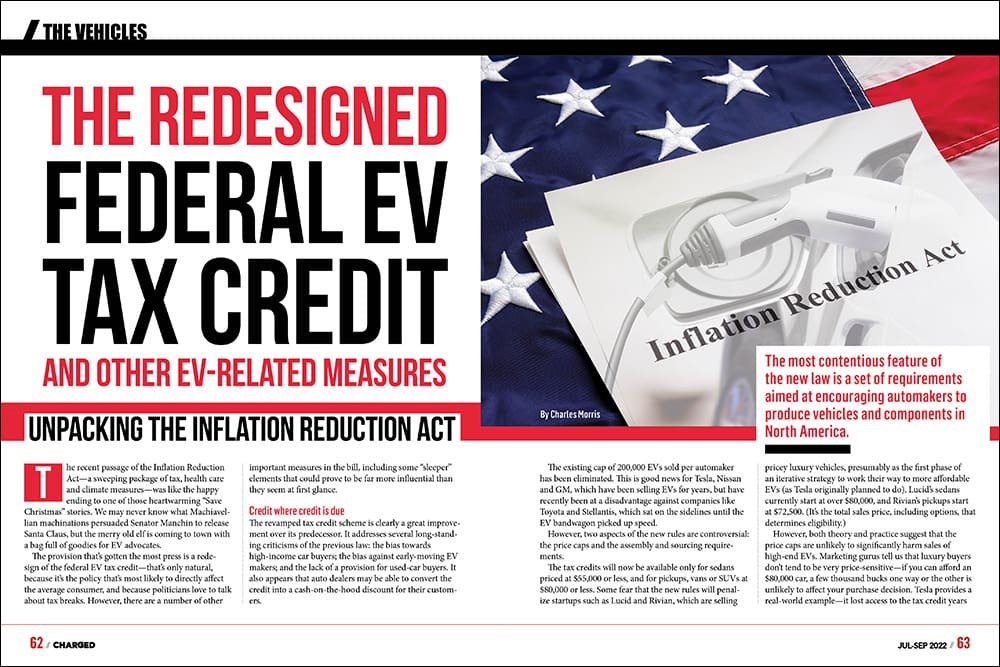EV Tax Credits & Incentives in 2025: Complete Guide (US, EU, & Canada)
Electric vehicle incentives are evolving rapidly as governments worldwide push to accelerate EV adoption and meet climate goals. Whether you’re in North America or Europe, substantial financial incentives can reduce your EV purchase cost by thousands of dollars—but the rules are complex and changing frequently.
This comprehensive guide breaks down the latest EV tax credits, rebates, and incentives across major markets, including recent changes that could affect your purchase timing and vehicle choice.
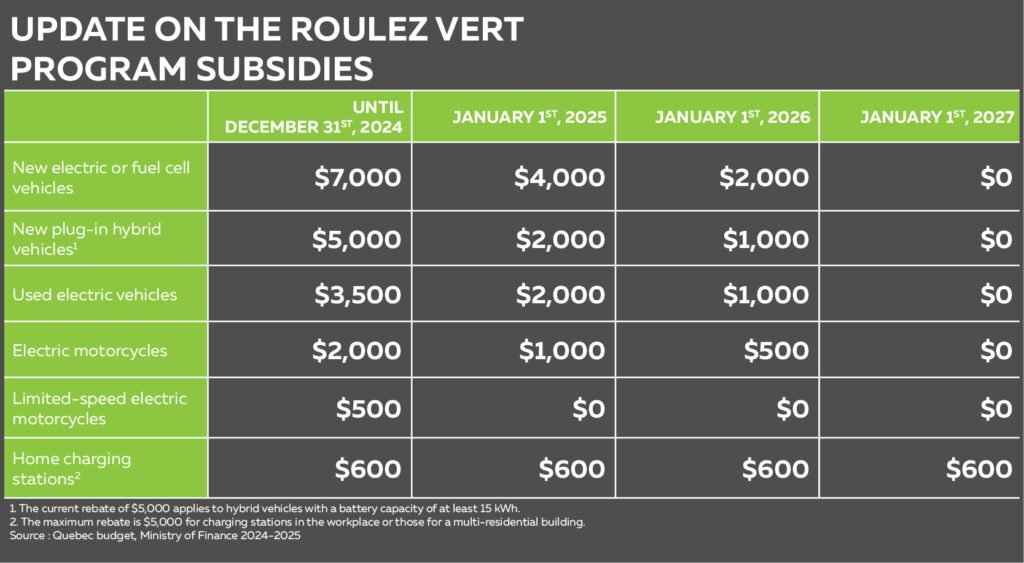
United States: Federal EV Tax Credits 2025
New Vehicle Federal Tax Credit
The US federal government offers up to $7,500 in tax credits for qualifying new electric vehicles, but eligibility requirements have become increasingly restrictive under the Inflation Reduction Act.
Key Requirements:
- Vehicle must be assembled in North America
- Battery components must meet domestic content requirements
- Critical minerals must be sourced from qualifying countries
- Vehicle MSRP caps: $55,000 for cars, $80,000 for SUVs/trucks
- Income limits: $150,000 (single), $225,000 (head of household), $300,000 (joint filing)
2024 Game Changer: Since January 2024, buyers can transfer the credit to dealers for an immediate discount at purchase, rather than waiting to claim it on tax returns.
Used EV Federal Tax Credit
A separate $4,000 tax credit is available for qualifying used EVs priced under $25,000, targeting lower-income buyers with stricter income limits:
- $75,000 (single), $112,500 (head of household), $150,000 (joint filing)
- Vehicle must be at least 2 years old
- Must be purchased from a licensed dealer
Currently Eligible Vehicles (2024)
Full $7,500 Credit:
- Tesla Model 3/Y (certain trims)
- Ford F-150 Lightning
- Cadillac Lyriq
- BMW iX
- Genesis GV70 Electrified
Partial Credits ($3,750):
- Tesla Model S/X
- Ford Mustang Mach-E
- Rivian R1T/R1S
Note: Eligible vehicle lists change frequently as battery sourcing requirements tighten, so verify eligibility before purchase.
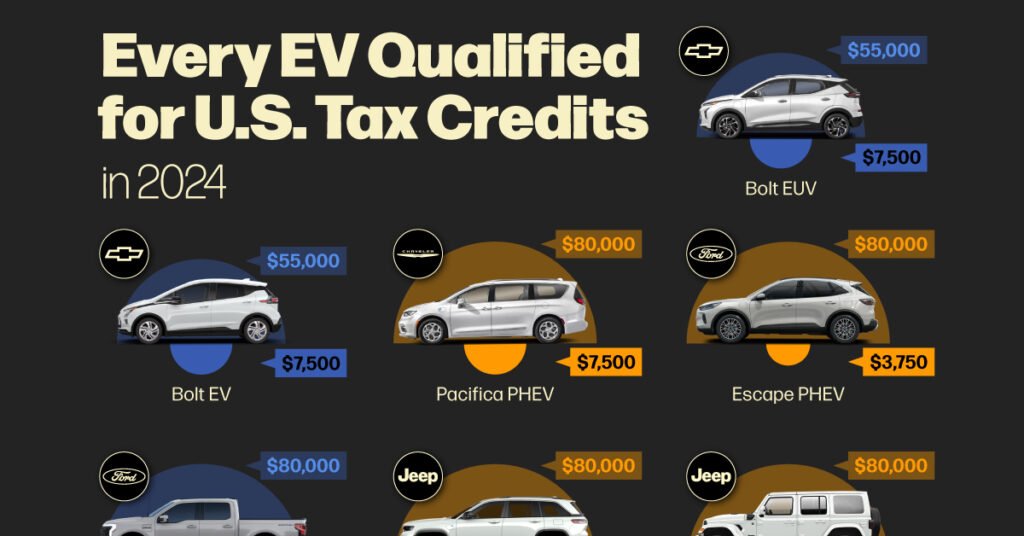
State-Level US Incentives
California: Up to $7,000 additional rebate through CVRP program, plus potential utility rebates Colorado: $5,000 state tax credit Connecticut: Up to $3,000 rebate Delaware: $2,500 rebate Massachusetts: Up to $3,500 rebate New York: Up to $2,000 rebate
Canada: Federal and Provincial EV Incentives 2025
Federal iZEV Program
Canada‘s federal Incentives for Zero-Emission Vehicles (iZEV) program offers up to $5,000 for new EV purchases or leases.
Eligibility Requirements:
- Base model MSRP under $55,000, with higher trims not exceeding $65,000
- Vehicle must be battery electric, plug-in hybrid (with 50km+ electric range), or hydrogen fuel cell
- Available to individuals, businesses, and organizations
2024 Limits:
- Individuals can receive up to 1 incentive per calendar year, while organizations and businesses are eligible for up to 10 incentives
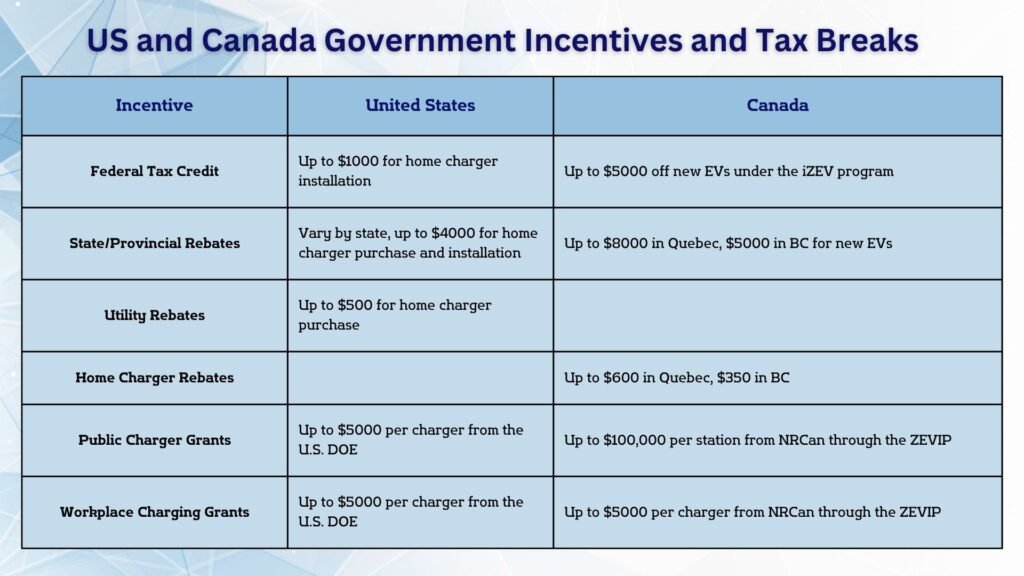
Provincial Canadian Incentives
British Columbia:
- Up to $4,000 for fully electric vehicles and up to $2,000 for plug-in hybrids (income-tested)
- Note: BC’s passenger vehicle rebate program is currently paused for individuals
Quebec:
- Up to $8,000 for new EVs (combined with federal incentive)
- Up to $4,000 for used EVs
Ontario:
- As of 2024, Ontario no longer offers direct provincial rebates for new EV purchases
Business Incentives Canada
Enhanced Capital Cost Allowances (CCAs) enable businesses to deduct up to 75% of $61,000 for vehicles acquired between January 1, 2024 and December 31, 2025.
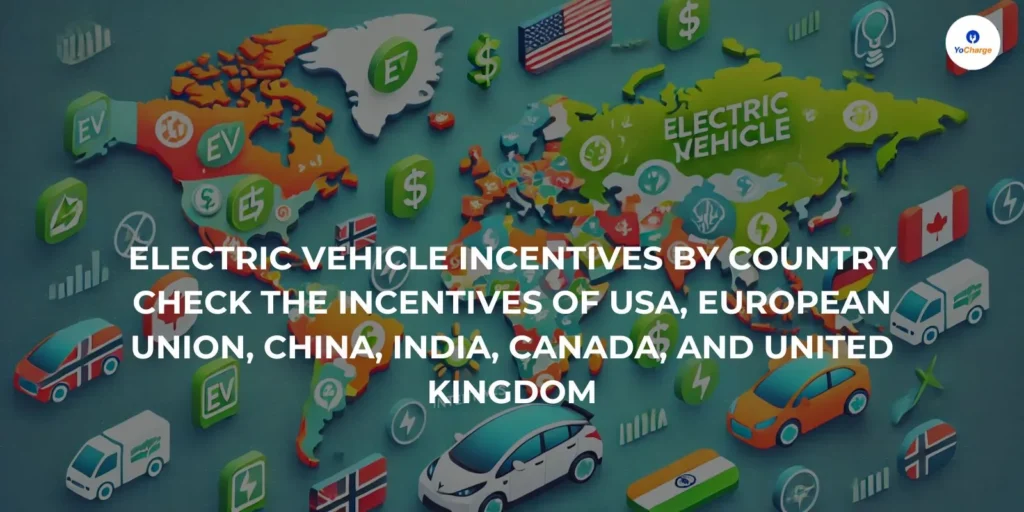
European Union: EV Incentives by Country 2025
Germany
Purchase Incentives: Ended December 31, 2023 for individual buyers Company Cars: Reduced benefit-in-kind taxation (0.25% for EVs under €60,000) Infrastructure: KfW funding for home charging installations
France
Environmental Bonus: Up to €7,000 for households with income ≤ €15,400, with reduced amounts for higher incomes Scrappage Bonus: Additional €5,000 when scrapping old vehicles Company Benefits: Reduced taxation on EV company cars Note: Used BEV subsidies ended in December 2024, and companies are no longer eligible for bonuses on passenger cars
Netherlands
Purchase Tax Exemption: 0% BPM (purchase tax) for EVs Road Tax: Significantly reduced annual road tax Company Cars: 0% benefit-in-kind tax through 2025 **Total incentives for compact SUVs reached nearly €14,400 in early 2023
Norway
Purchase Incentives: No VAT (25%), no import duties, no road tolls Parking & Ferries: Free municipal parking and reduced ferry fees Company Cars: Minimal benefit-in-kind taxation
Italy
Ecobonus: €3,000 for BEVs and low-emission PHEVs (<20g CO2/km) with list price under €35,000, €2,000 for vehicles €35,000-€45,000 Scrappage Bonus: Additional €2,000 with old vehicle trade-in, plus 25% extra bonus for households with ISEE income under €30,000
United Kingdom
Company Cars: Ultra-low benefit-in-kind rates (2% for 2024-25) OZEV Grants: Up to £2,500 for eligible vehicles under £35,000 Infrastructure: Grants for home and workplace charging installations
Spain
MOVES Plan: Up to €7,000 for individual purchases (€9,000 with scrappage) Regional Variations: Additional incentives vary by autonomous community
Charging Infrastructure Incentives
United States
- Federal: 30% tax credit for home charging equipment (up to $1,000)
- State Programs: Many states offer additional rebates for home charging installations
Canada
- Federal: Up to $5,000 for home charging through various programs
- Provincial: Additional rebates vary by province
European Union
- ADVENIR Program (France): Covers up to 40% for companies and 50% for residential charging installations
- Country-Specific: Sweden’s “Ladda bilen” subsidy covers up to 50% of AC charging point costs
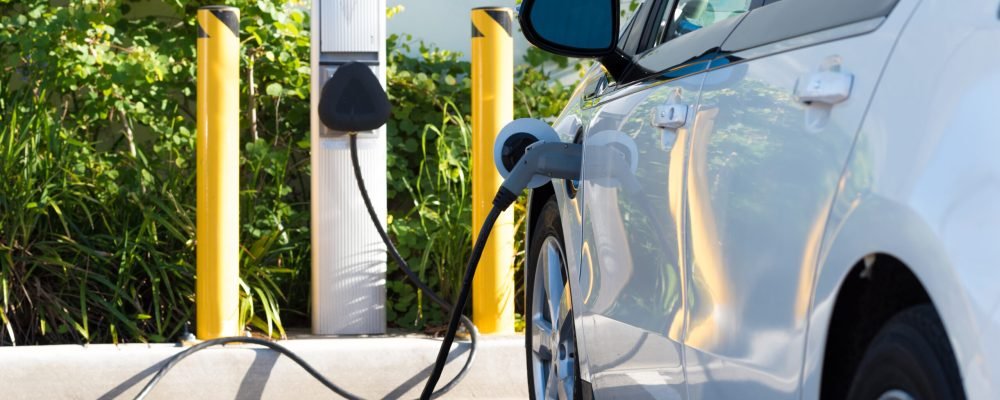
2025 Changes and What’s Coming in 2026
United States
- Stricter battery sourcing requirements may eliminate more vehicles from eligibility
- Potential political changes could affect program continuation
- More automakers planning North American assembly to qualify
Canada
- iZEV program funding secured through 2025, with potential extension discussions
- Provincial programs facing budget pressures
European Union
- France reducing subsidy amounts: new system offers €2,000-€4,000 per vehicle (down from up to €7,000)
- Germany ended individual purchase incentives but maintains company car benefits
- EU-wide regulations pushing for greater incentive standardization
Strategic Tips for Maximizing Incentives
Timing Your Purchase
- End of Year: Some programs have annual funding limits that reset in January
- Model Year Transitions: New model years may gain or lose eligibility
- Political Cycles: Federal programs can change with new administrations
Stacking Incentives
- Combine federal, state/provincial, and utility rebates where possible
- Factor in tax benefits for business purchases
- Consider leasing vs. buying based on available incentives
Documentation Requirements
- Keep all purchase documentation for tax filings
- Verify dealer participation in instant rebate programs
- Understand income verification requirements for means-tested programs
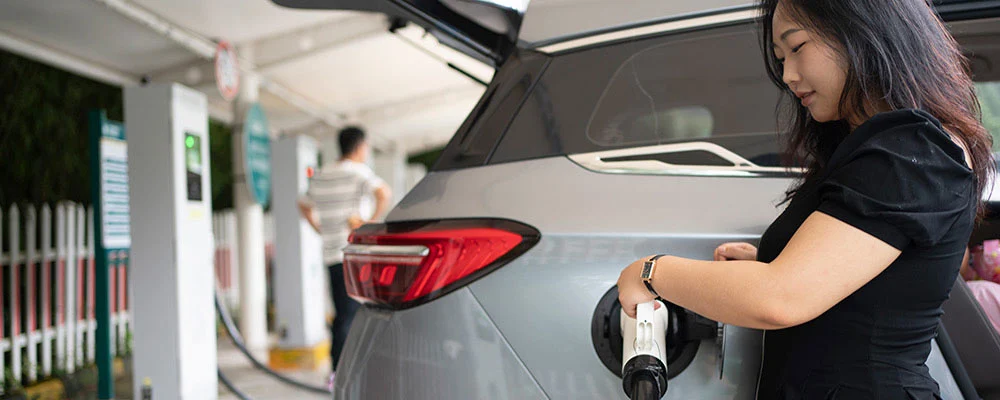
The Bottom Line: Maximizing Your EV Savings
EV incentives can reduce your purchase cost by $5,000-$15,000+ depending on your location and chosen vehicle. However, programs are constantly evolving, with some becoming more restrictive while others expand.
Before You Buy:
- Verify current federal/national eligibility for your chosen vehicle
- Research all applicable state/provincial and local incentives
- Confirm dealer participation in instant rebate programs
- Consider timing your purchase around program changes
- Factor in long-term benefits like HOV lane access and reduced operating costs
The EV incentive landscape will continue evolving rapidly as governments balance adoption goals with budget constraints. Stay informed about changes in your region, as timing your purchase correctly could save thousands of dollars.
Last Updated: June 2025. Incentive programs change frequently—always verify current eligibility requirements with official government sources before making purchase decisions.

